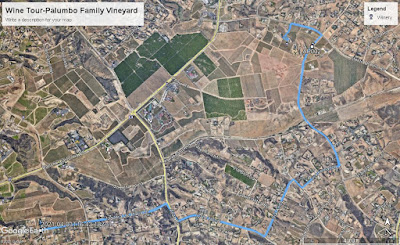God is our refuge and strength,
an ever-present help in trouble.
Therefore we shall not fear
though contagion burns the country like wildfire (though the earth give way)
and the hospitals are overwhelmed; (and the mountains fall into the heart of the sea)
Though death and illness haunt the air (Though its waters roar and foam)
and the people shun the presence of those they love. (and the mountains quake with their surging.)
____________________
There is a river whose streams
make glad the community of God; (. . . the city of God)
the holy place where the Most High dwells.
God is within it, it will not fall;
God will help it at break of day.
Nations are in uproar; kingdoms fall
He lifts His voice, the earth melts.
The Lord Almighty is with us;
The God of Jacob is our fortress.
_____________________
Come and see the works of the Lord,
the desolations He has brought on the earth.
He makes wars to cease to the ends of the earth,
He breaks the tank and shatters the missile; (He breaks the bow and shatters the spear;)
he burns the launch sites with fire. (He burns the shields with fire.)
Be still and know that I am God
I will be exalted among the nations,
I will be exalted on the earth.
The Lord Almighty is with us;
The God of Jacob is our fortress.
I've spent about six months with this psalm, memorizing it and reading it multiple times carefully (lectio Divina). One of the exercises is putting oneself into the situation of the passage being read. Doing that with the initial wording was intense: in the original, the Earth is giving way, and the mountains are at least quaking, and at most, falling into the heart of the sea (depending on the translation). The whole environment is crumbling, an almost unimaginable catastrophe. There's absolutely no human way to feel safe, to be without fear, in that situation. But the psalmist calls for me to feel safe and strong in that situation. I'm far from that place. Nature gives way to chaos, and human beings certainly do. I'm having a hard time just seeing past the social strife and cultural fear, to find refuge in God. The picture of the original psalm is much worse than anything we're experiencing now, though. I don't feel especially afraid of death by COVID, but I do want to keep others safe. I'm not sure why the social strife troubles me even more than the disease--I expect it's because humans could come together against the disease, but violence, grievance, and revenge tear us apart. Lord, help us.
"There is a river whose streams make glad the city of God . . ." What a contrast in these verses! The well-watered city of God (I live in the Phoenix, Arizona metro area), surrounded by destruction and chaos. There's the constant contrast in this psalm: chaos and destruction all around the safe, protected city of God. And God seems to be the author of this destruction ("He lifts his voice, the Earth melts . . .) But--"Like a river (whose streams make glad the city of God) glorious is God's perfect peace" (the God of Jacob is our fortress).
So, it's OK if things fall apart; the city of God is secure. But what is the city of God for me, today? My soul? The church (which seems to have its own turmoil)?
"He makes wars to cease to the ends of the earth . . ." "Be still and know that I am God . I will be exalted among the nations . . ."
This last section of the psalm paints a strange picture--the "works of the Lord" create "desolations" upon the earth. That's the prologue to "He makes wars to cease . . ." After the shalom of the previous stanza, this sounds like the aftermath of a devastating battle (God "breaks the bow, and shatters the spear. He burns the shields with fire."). Total destruction of the means to make war.
So, "be still and know that I am God" may be directed to the "nations in uproar" of the previous section. This psalm is a contrast--the peaceful Jerusalem is surrounded and menaced by the outside world of chaos, but "the Lord Almighty is with us; the God of Jacob is our fortress." What does this mean for us (as individuals, the church, the nation)?
I can only think of Martin Luther, who apparently used this psalm as inspiration for "A Mighty Fortress is Our God." "Let goods and kindred go; this mortal life also. The body they may kill; God's truth abideth still. His kingdom is forever." Can I be fearless and reverently still?
















